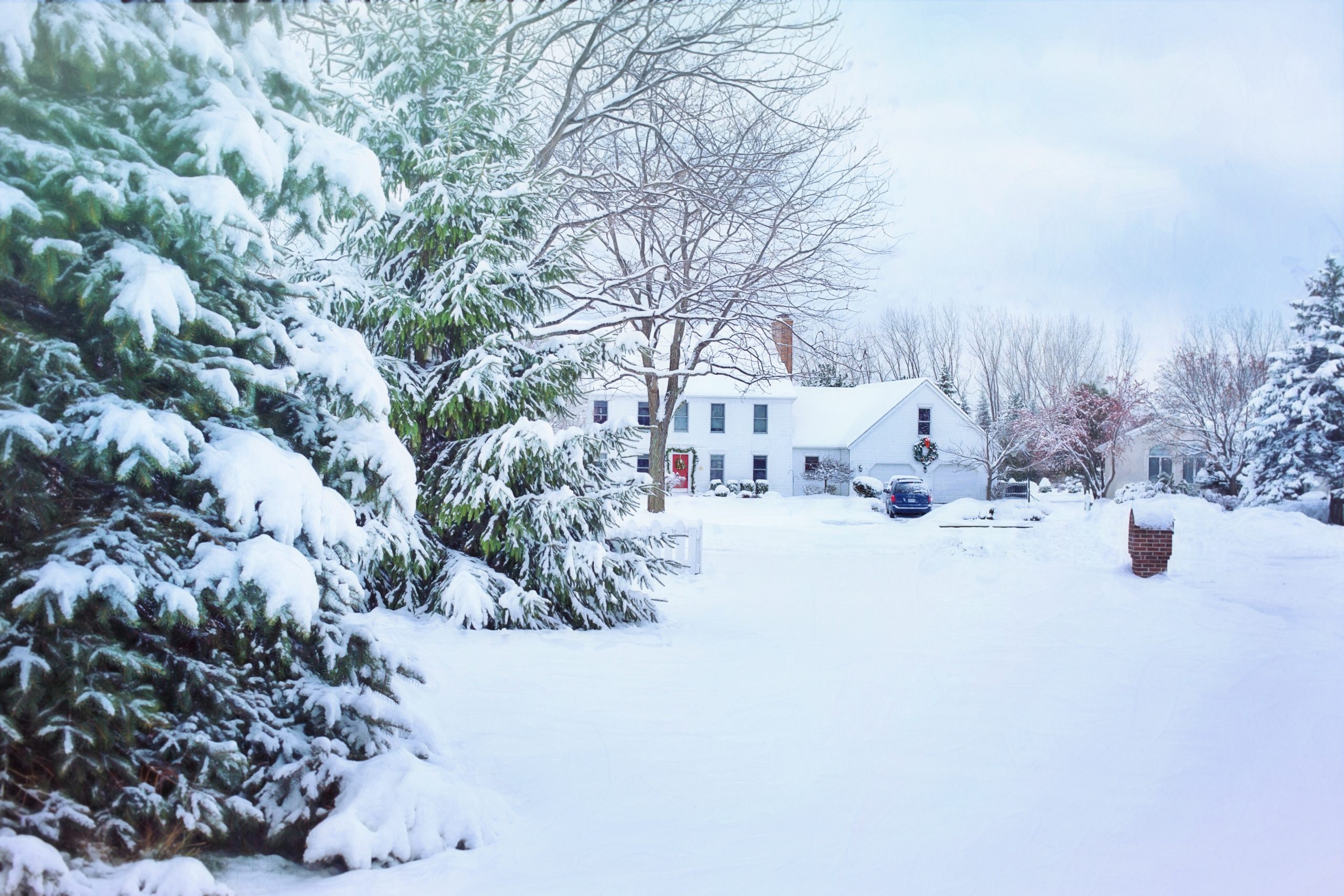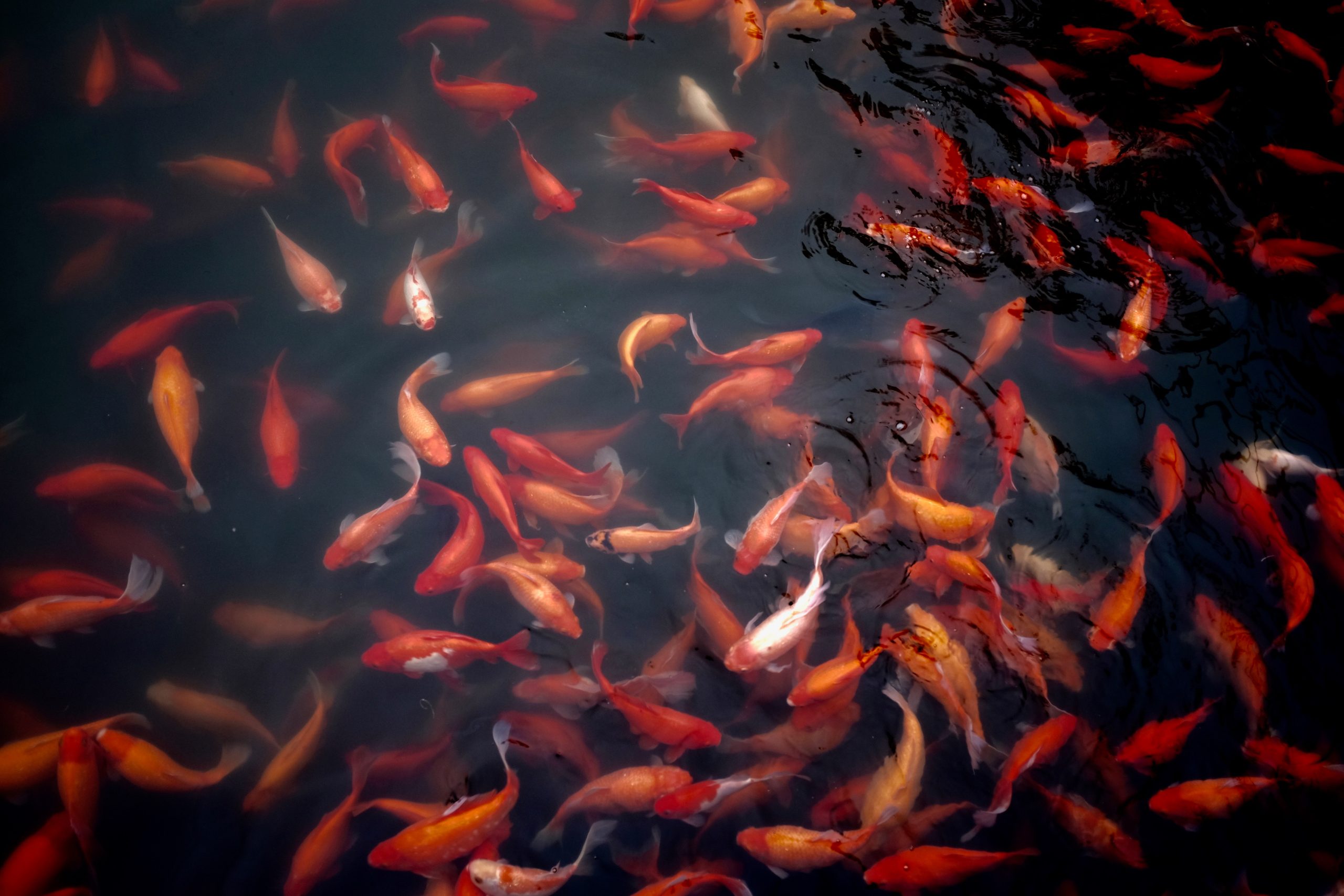Winter weather can be unpredictable, and in recent years, it seems to have become even more so. From record-breaking snowfall to unseasonably warm temperatures, many areas of the United States have experienced extreme winter weather conditions that seem out of place for their region. While some may attribute these anomalies simply to natural variation, the reality is that climate change plays a significant role in shaping our winter weather patterns. In this blog post, we will explore how climate change has affected snowfall disparities across the U.
S., and what we can do to mitigate its impact on our winters. So grab a cup of hot cocoa and let’s dive into the world of winter weather!
What is climate change and how does it contribute to winter weather?
Climate change refers to the long-term shift in global temperatures and weather patterns that are mainly caused by human activities like burning fossil fuels, deforestation, and industrial processes. The increase of carbon dioxide (CO2) emissions into the atmosphere traps heat that would otherwise escape back into space, resulting in a warming planet.
The rising temperatures due to climate change can have significant impacts on winter weather patterns across the globe. As temperatures continue to rise, we see changes in precipitation patterns as well. For example, warmer air can hold more moisture leading to heavier snowfall events or rain instead of snow during colder months.
Additionally, climate change can cause disturbances in atmospheric circulation patterns such as the jet stream. These shifts lead to abnormal temperature fluctuations across different regions which then create unpredictable weather conditions including droughts or heavy rains.
Melting ice caps also contribute significantly to changing our winter seasons – they alter ocean currents creating feedback loops affecting global climates even further. All these factors together make it clear that taking action against climate change is necessary for ensuring stable and predictable winter weather year after year.
How did climate change affect the snowfall disparity across the U.
S.?
Climate change has been a hot topic in recent years, and it’s no surprise that we’re starting to see its effects on winter weather across the U.
S. In fact, there have been numerous reports of snowfall disparity over the last decade, with some regions receiving significantly more or less snow than average.
One major way climate change affects snowfall is through changes in temperature. As temperatures rise due to global warming, precipitation patterns are altered. This can lead to drier conditions in some areas and heavier rainfall or snowfall in others.
Another factor contributing to snowfall disparity is the changing jet stream caused by climate change. The jet stream plays an important role in determining where storms travel and how much precipitation they drop along their path. As this shifts due to climate change, it can result in unpredictable weather patterns that cause unexpected shifts between heavy snowfalls and mild winters.
The impact of climate change on winter weather varies depending on location but has undoubtedly resulted in a greater unpredictability when it comes to how much (or little) snow we’ll receive each year.
What can be done to reduce the severity of winter weather?
As we have seen, climate change has played a significant role in the unpredictable winter weather patterns that we are experiencing across the United States. The snowfall disparity is just one of the many impacts of global warming that we must address.
The good news is that there are steps we can take to reduce the severity of winter weather. For starters, individuals and communities alike should work towards reducing their carbon footprint by adopting more sustainable practices such as using alternative forms of transportation, recycling or composting waste materials, and supporting renewable energy initiatives.
We can also advocate for policy changes at a governmental level to support clean energy solutions and prioritize efforts to combat climate change. It’s important for us all to remember our shared responsibility towards protecting our planet from further harm.
By taking these steps together as a society, we can begin to mitigate some of the harmful effects of climate change on our winters and ensure a better future for generations to come.










